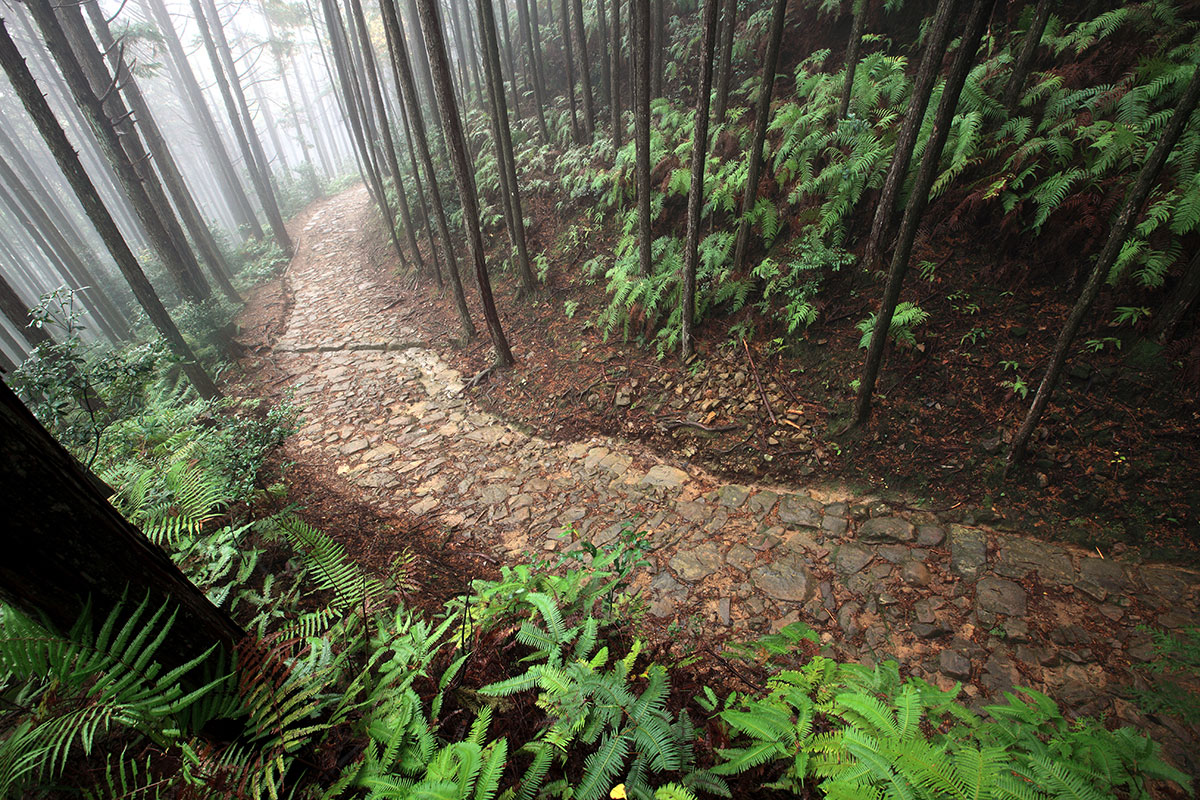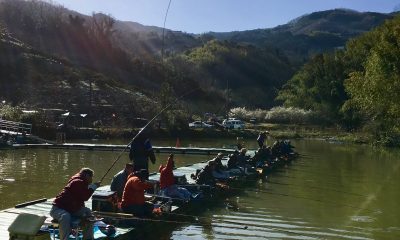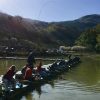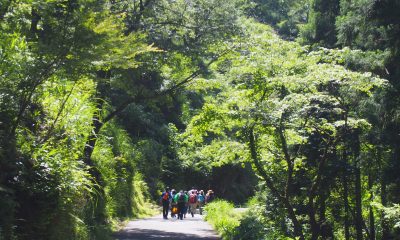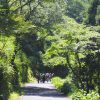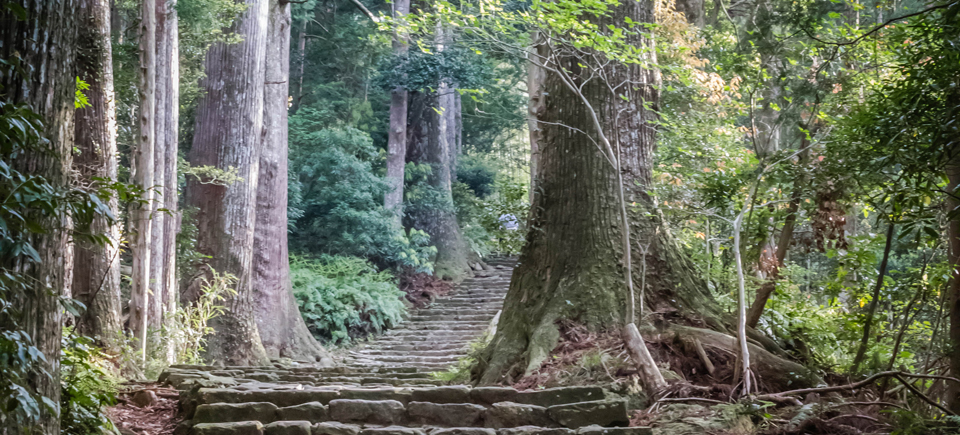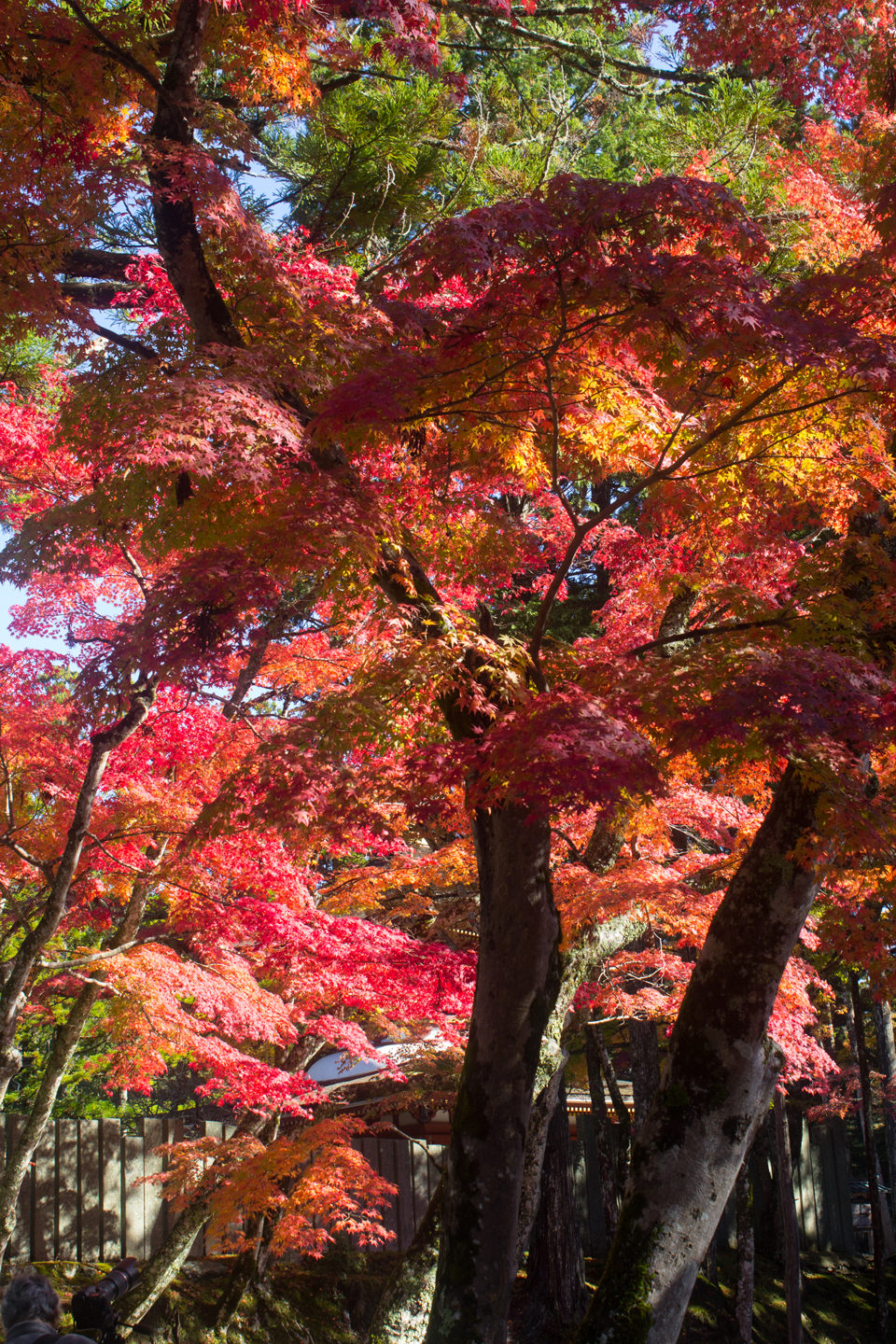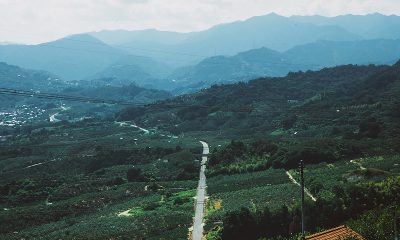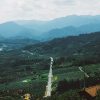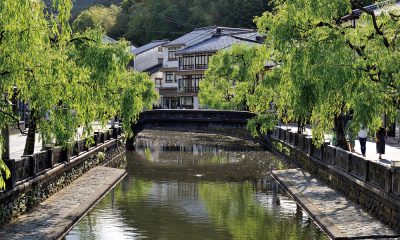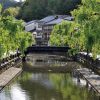Travel
The Kii to Unlock Your Winter
Discover a new corner of Kansai with healing hot springs, nature walks, and ancient festivals.
Koyasan, Kumano and Yoshino are three sacred sites on the Kii Peninsula. Connected by trails with one another and to the ancient capitals of Nara and Kyoto, these sites have prospered as spiritual centers for over 1,200 years, and have lost nothing of their mystical appeal today.
This year, these power spots celebrated their 15th anniversary of receiving UNESCO World Heritage status, inscribed as the “Sacred Mountains and Pilgrimage Routes in the Kii Mountains” in July 2004.
This 9,900 square kilometer area of mountains and forests, once the ancient province of Kii, feels worlds apart from the Osaka city buzz or Kyoto tourist trails, yet it is just a train ride away.
Snow and Good Fortune on Koyasan
Koyasan sits on a mountain plateau at an altitude of 900 meters. It receives heavy snowfall in January and February covering the 120 temples of this mountain monastery in a powdery white carpet, which contrasts beautifully with the bright vermillion Konpon Daito (Big Pagoda) in the Danjo Garan sacred precinct and the orange-colored robes of the monks. Walk along the two-kilometer path in the Okunoin graveyard and admire the snow-capped Gorinto stupas of over 200,000 tombs under towering cedar trees that are hundreds of years old.
The Shusho-e Buddhist ceremony takes place on January 1, 2, 3 at the Kondo hall and on Jan 5 at the Daito hall in the Danjo Garan from 9am where Koyasan’s monks pray for good fortune. New Year in Koyasan is a good time to tour the Shichifukujin, the Japanese Seven Deities of Good Fortune. A popular New Year activity, you only need to go to four temples to see all seven deities: Kumagaiji, Ekoin, Hozenin near the entrance of the Okunoin graveyard and Hongakuin near the police station. If you would like to collect the special stamps related to these deities, ask for a stamp pad at one of the temples.
Access: Ride the Limited Express on the Nankai Koya line from Namba Station, followed by the Koya Cable Car (1h 30min).
Onsen Hopping in Kumano
The Kumano Kodo pilgrimage trails in the south of the Kii Peninsula are mostly snow-free. The Dainichi goe trail between Yunomine Onsen and Hongu (2.5km) and the Nakahechi trail between Hosshinmon-oji and Hongu Town (7km) make for short contemplative walks before soaking one of the nearby onsen.
The Hongu area of Kumano is a hot spring mecca with three onsen villages—Yunomine, Wataze and Kawayu—so close to each other that you can walk between them all in one day.
Start in the morning with the tiny teal-colored piping-hot Tsuboyu in Yunomine, the smallest onsen you will ever see sitting inside a petite wooden hut. You need to go to the ticket office next door to book a 30-minute slot in advance, as it can be popular with the visitors staying overnight in this quaint little town. Next, walk to Wataraze Onsen to enjoy the largest rotenburo (open-air bath) in all of Western Japan. There are several outdoor pools of different temperatures to try.
Less than a kilometer away, you’ll find the Sennin Buro, which is the local winter attraction. Literally a “1,000 Person Bath,” this is a hot spring pool dug from the banks of the Oto River in Kawayu. Everyone wears a bathing suit to enjoy this unusual winter hot spring together. It operates from mid-December to the end of February.
Fire Race in Shingu
If you come to Kumano in February, try to coordinate your visit with the Oto Matsuri in Shingu City. This spectacular ancient fire festival takes place on February 6.
Participants are men only but everyone can watch. Throughout the day, you will see groups of men dressed in all white roaming the city to get ready for the big contest: a race down more than 500 steep and slippery stone steps of Kamikura Shrine.
Each one of the 2,000 men carries a flaming torch, lit at a sacred fire on top of the mountain, to bring light and good fortune to their families. Seen from afar, this mass of fire on the move is said to resemble a fiery dragon descending the mountain.
Access: Board the JR Limited Express Kuroshio at Shin-Osaka Station or Tennoji Station (some trains also run from Kyoto) and ride to Shingu (4h).
Ogre Gathering in Yoshino
The Onibi Festival takes place at Mt. Yoshino on February 3. Oni means ogre in Japanese and traditionally, they are driven out of the house in a bean-throwing ritual during Setsubun (start of spring). In Yoshino, however, they are invited in, together with good luck, to celebrate the end of winter with locals and visitors.
In the centuries-old Zao Do hall of Kimpusen-ji temple, a group of oni will be reprimanded and purified by Shugendo monks, followers of an ancient mountain asceticism tradition. The monks pose in full regalia and play their conch shells.
Next, the oni will perform a round dance in front of the temple, followed by a big outdoor bonfire set by the mountain monks. A mamemaki (bean throwing) ceremony concludes the celebrations.
The festivities start the night before, on February 2, with the oni roaming around the streets after dark, terrorizing the local kids and pestering visitors at restaurants and inns. From 8.20pm, there will be a wadaiko (Japanese drum) performance in front of the Zao Do hall in candle light.
The Oni Yakkai, a summit of oni from the whole of Nara Prefecture, concludes the ogre spectacle on the evening of February 8.
Access: Board the Kintetsu Limited Express at Osaka Abenobashi Station and ride to Yoshino (1h 15min). Or, book a seat on the Blue Symphony, a nostalgic train that runs twice daily, and sit in the lounge car sipping sake or wine all the way to Yoshino.


